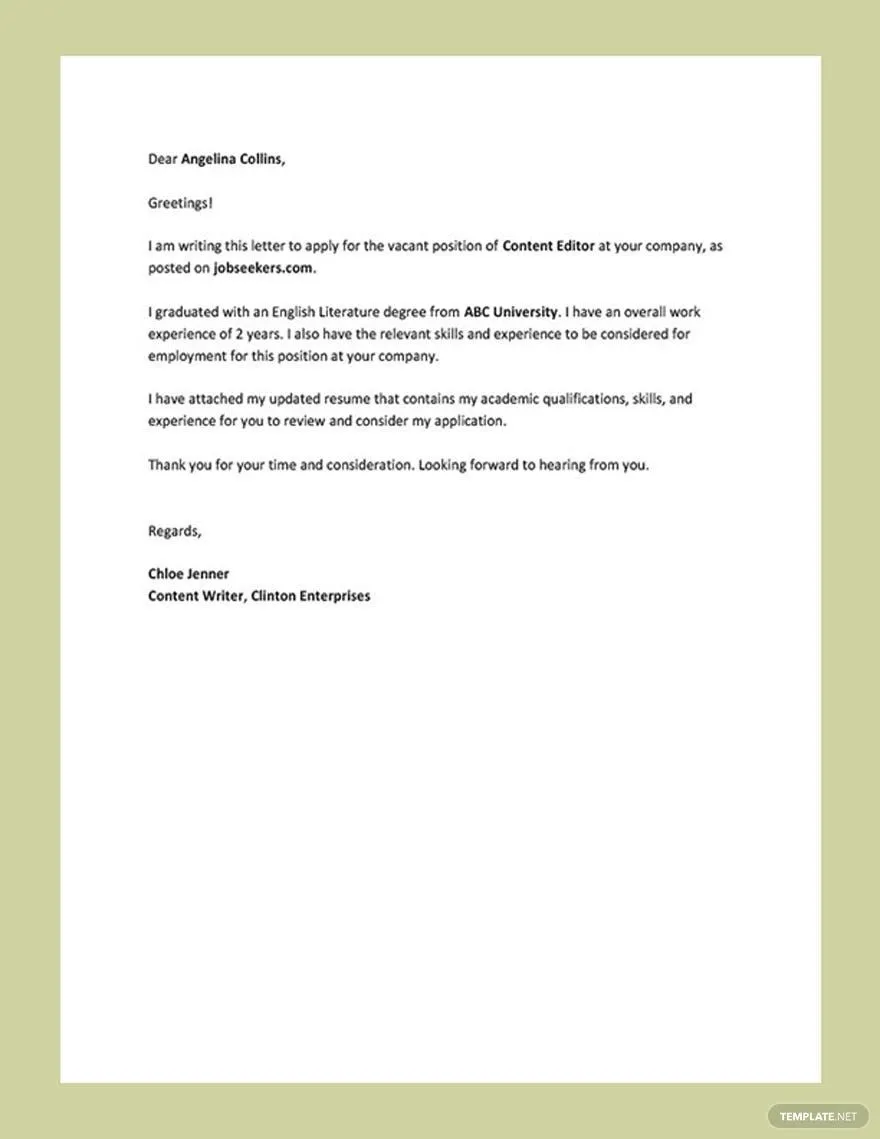Cover Letter for Resume Tips
In today’s competitive job market, a well-crafted cover letter can be the key to unlocking your dream job. It’s your first opportunity to make a strong impression on a potential employer, showcasing not just your skills and experience, but also your personality and passion. A cover letter is more than just a formality; it’s a powerful tool that can significantly increase your chances of getting an interview. This article provides comprehensive tips and insights to help you write a cover letter that stands out and gets you noticed. We’ll cover everything from the fundamental components to formatting and common mistakes to avoid, ensuring you create a compelling cover letter that complements your resume and effectively communicates your value to prospective employers.
What is a Cover Letter?
A cover letter is a one-page document that you submit with your resume when applying for a job. Its primary purpose is to introduce you to the employer, highlight your key skills and experiences, and express your interest in the position. Unlike a resume, which provides a factual overview of your qualifications, a cover letter allows you to tell your story, explaining why you are the perfect fit for the role and the company. It’s a chance to demonstrate your writing skills, personality, and genuine enthusiasm for the opportunity. Think of it as a personalized introduction that complements your resume and encourages the hiring manager to learn more about you.
Why is a Cover Letter Important?
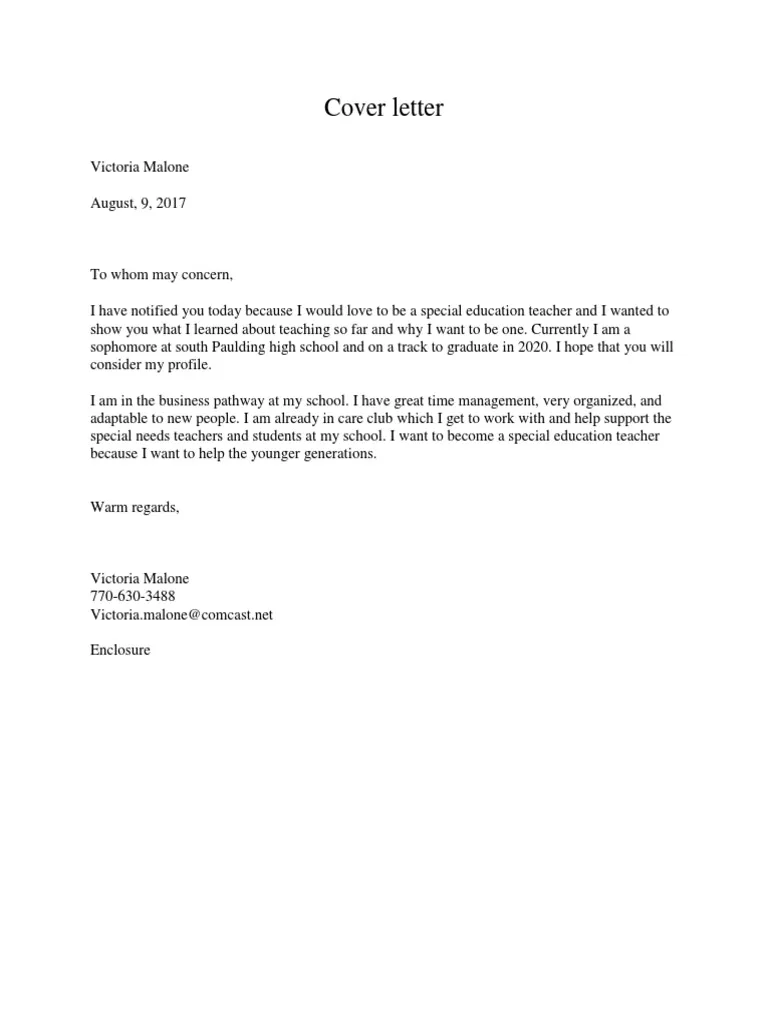
In an era where many applications are processed electronically, a cover letter provides a crucial personal touch. It gives you an opportunity to make a human connection with the hiring manager before they even look at your resume. A strong cover letter can set you apart from other candidates by showcasing your communication skills, personality, and genuine interest in the company and the specific role. Even if a job posting doesn’t explicitly require a cover letter, submitting one can demonstrate your proactive approach and attention to detail. Many hiring managers consider cover letters a critical component of the application process, using them to assess a candidate’s communication skills and suitability for the role.
Key Components of a Cover Letter
Contact Information
Start your cover letter with your contact information, including your name, phone number, email address, and optionally, your LinkedIn profile URL. This information should be clearly displayed at the top of the letter, making it easy for the hiring manager to reach you. It is best practice to include the date, as well as the hiring manager’s name and contact information if known. This personal touch shows you’ve done your research and are committed to the application.
Opening Section
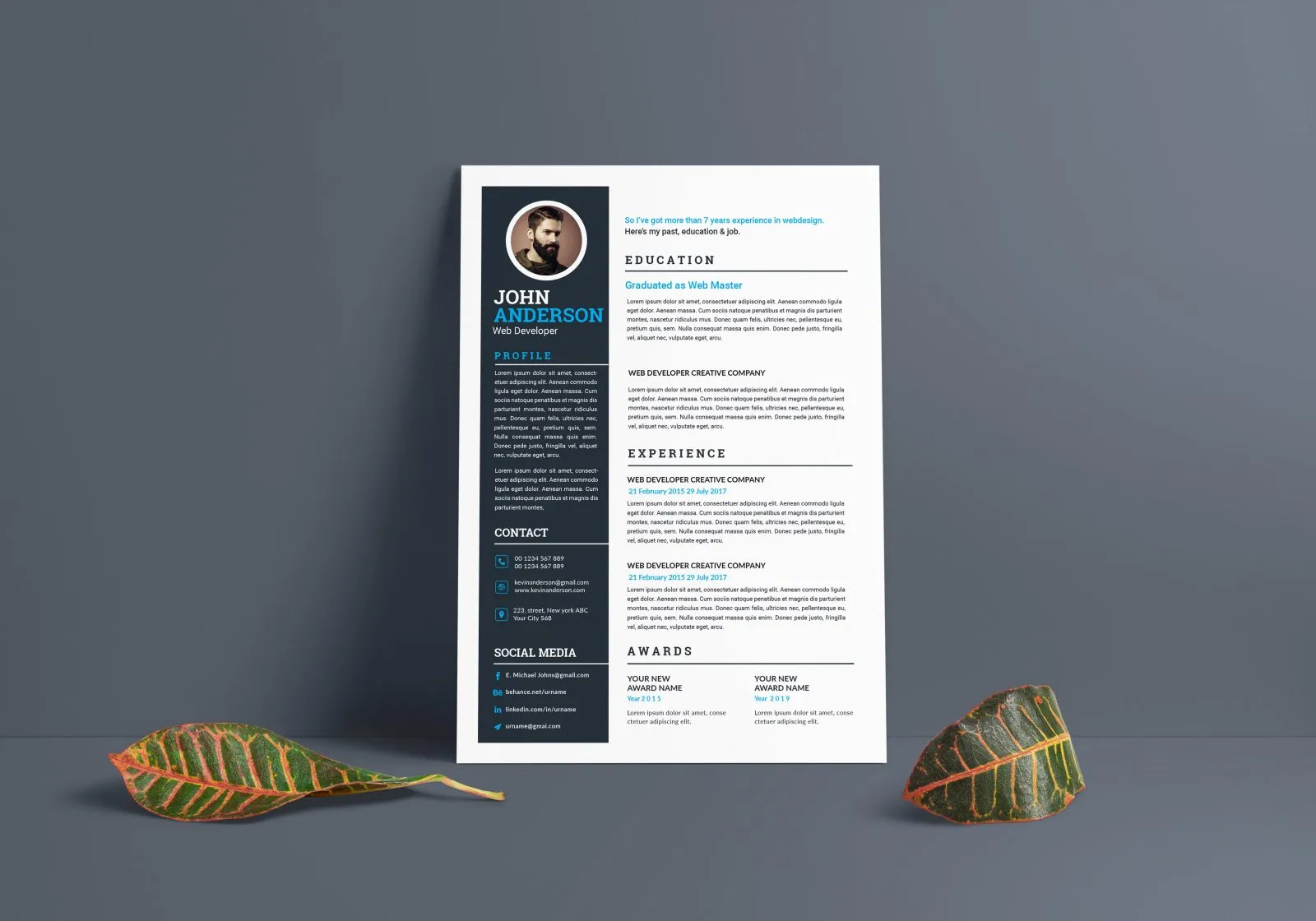
The opening section is your first chance to grab the reader’s attention. Start with a professional salutation (e.g., “Dear Mr./Ms. [Last Name]”) if you know the hiring manager’s name. Otherwise, use a general greeting like “Dear Hiring Manager.” In the first paragraph, state the position you are applying for and how you learned about it. Briefly highlight your most relevant qualifications and express your enthusiasm for the opportunity. Make sure that your opening is strong, confident, and captures the reader’s attention. The goal is to create interest and encourage them to read further.
Be sure to show genuine interest on the role you are applying to by conducting the appropriate research beforehand.
Body Paragraphs
The body paragraphs are where you sell yourself and your skills. Use 2-3 paragraphs to elaborate on your qualifications, experiences, and accomplishments. Focus on how your skills and experiences align with the job requirements. Provide specific examples to demonstrate your abilities, using the STAR method (Situation, Task, Action, Result) to tell compelling stories. Quantify your achievements whenever possible (e.g., “Increased sales by 15%” or “Managed a team of 10 employees”). This section should provide sufficient detail to show the hiring manager the true value that you would bring to the team.
Make sure each paragraph focuses on a key aspect of your qualifications, matching the most relevant skills and experiences outlined in the job description. This strategic approach will showcase your understanding of the role and your capacity to excel.
Closing Section
The closing section should reiterate your interest in the position and thank the hiring manager for their time and consideration. Express your eagerness to discuss your qualifications further and include a call to action, such as “I look forward to hearing from you soon” or “Thank you for considering my application.” End with a professional closing, such as “Sincerely” or “Respectfully,” followed by your name. Proofread this section very carefully to make sure that your appreciation is conveyed appropriately.
Formatting Your Cover Letter
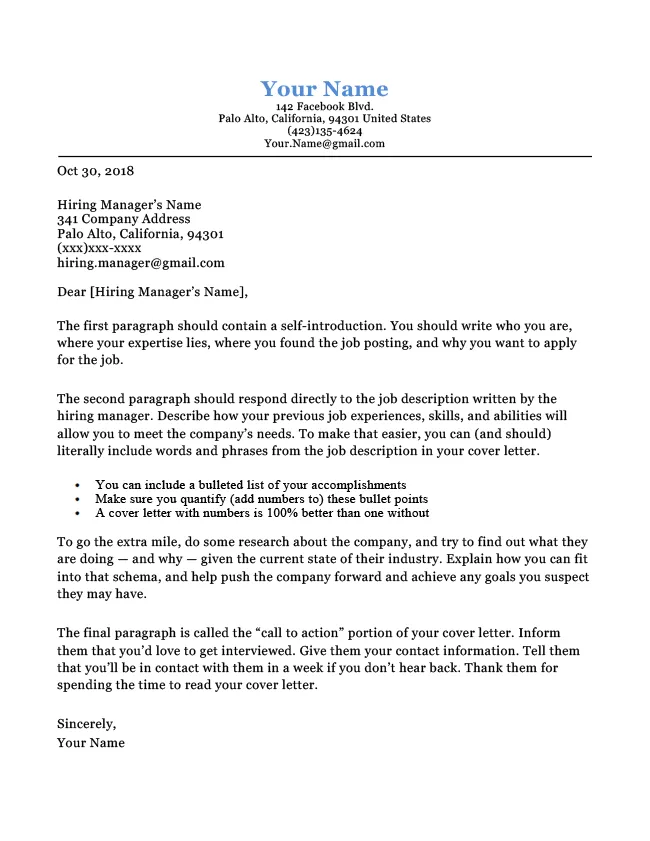
Font and Style
Choose a professional and easy-to-read font, such as Times New Roman, Arial, Calibri, or Helvetica. Use a font size between 10 and 12 points. The font choice impacts readability; consider this factor when selecting a font style. Maintain a consistent font throughout your letter to ensure a clean and polished appearance. Ensure that the chosen font and its size is appropriate for the target audience and the role you are applying for.
Margins and Spacing
Set your margins to 1 inch on all sides to provide ample white space and enhance readability. Use single-spacing within paragraphs and double-spacing between paragraphs. This spacing helps create a balanced look and makes the document easier to scan. Proper spacing and formatting demonstrate your attention to detail, a key attribute in many job roles. Proper formatting makes sure that your application remains professional and presentable.
Cover Letter Examples for Different Situations
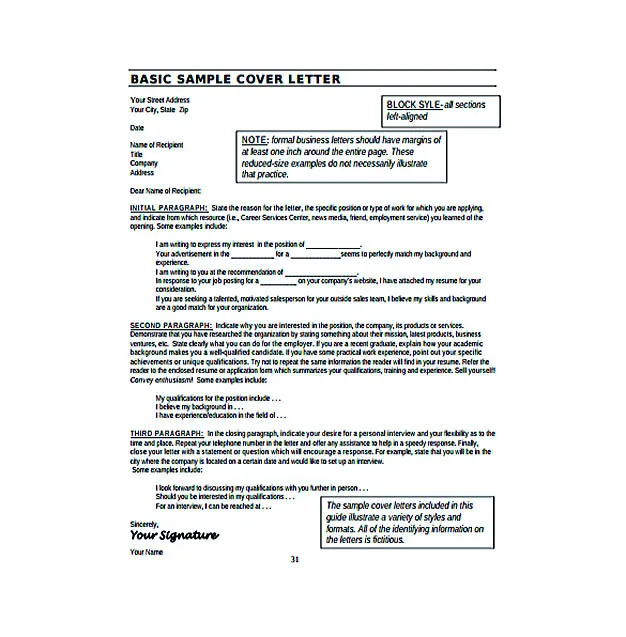
Entry-Level Cover Letter Example
For entry-level positions, focus on highlighting your education, internships, volunteer experiences, and any relevant coursework or projects. Showcase your enthusiasm and willingness to learn. Emphasize transferable skills, such as communication, teamwork, and problem-solving. Mention any extracurricular activities or leadership roles that demonstrate your initiative and commitment.
Experienced Professional Cover Letter Example
Experienced professionals should focus on their accomplishments and how their skills align with the job requirements. Quantify your achievements whenever possible, and showcase your leadership abilities and industry expertise. Highlight your career progression and the value you’ve brought to previous employers. Tailor your letter to the specific job description, emphasizing the skills and experiences most relevant to the role. Ensure you demonstrate experience with a wide range of tasks and job duties.
Tips for a Great Cover Letter
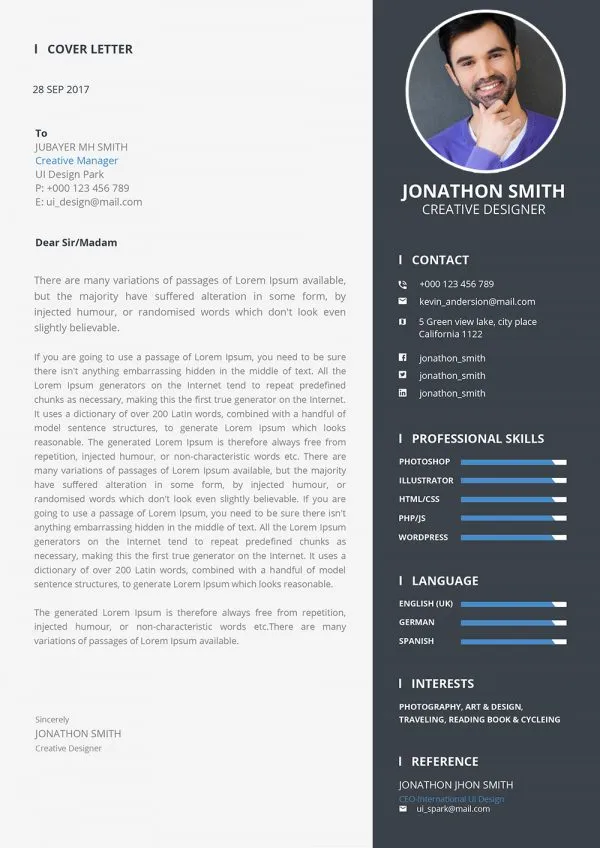
Tailor Your Cover Letter
Customize each cover letter to the specific job and company you are applying for. Research the company and the role, and then highlight the skills and experiences that align with their needs. Avoid using a generic template; instead, personalize your letter to demonstrate your genuine interest in the opportunity and the company culture. Mention the company’s name and the hiring manager’s name, if known, to indicate you have done your research.
Highlight Relevant Skills and Experience
Carefully review the job description and identify the key skills and experiences the employer is seeking. Then, highlight your relevant skills and experiences, providing specific examples of how you’ve demonstrated those skills in the past. Use keywords from the job description to ensure your application gets past applicant tracking systems (ATS). This will make sure that the recruiter knows that you are aligned with the role.
Proofread Your Cover Letter
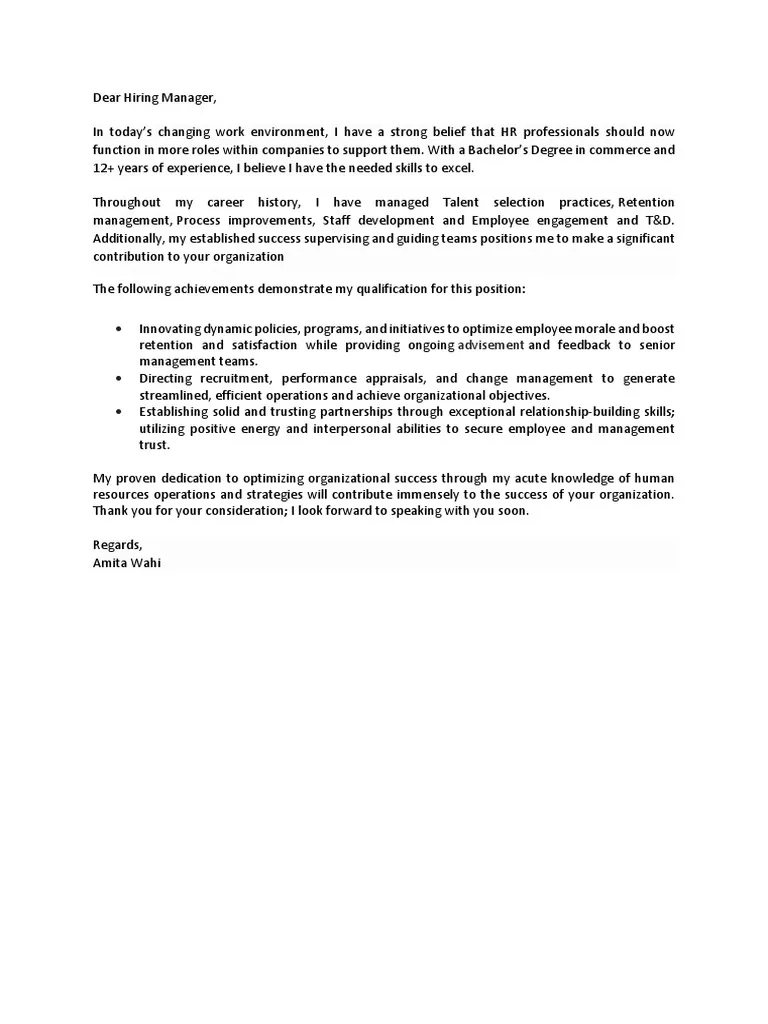
Always proofread your cover letter carefully for any typos, grammatical errors, or inconsistencies. Ask a friend or family member to review it as well, as a fresh pair of eyes can often catch mistakes you might miss. A polished, error-free cover letter demonstrates your attention to detail and professionalism. Errors can easily lead to your application being discarded. Take extra time and care during the proofreading process.
Common Mistakes to Avoid
Generic Cover Letters
Avoid using generic cover letters that are not tailored to the specific job or company. Generic letters show a lack of interest and can be easily spotted by hiring managers. Customize each letter to demonstrate your genuine interest and enthusiasm for the opportunity. Take the time to research the company and the role to ensure that the letter is a good fit.
Typos and Grammatical Errors
Typos and grammatical errors can significantly undermine your credibility. Always proofread your cover letter carefully, and have someone else review it as well. Errors suggest a lack of attention to detail and can create a negative impression. Use spell-check and grammar-check tools, but don’t rely on them completely. A thorough review by a human is essential.
Ignoring the Job Description
Failing to address the requirements outlined in the job description is a major mistake. Review the job description carefully and highlight the skills and experiences the employer is seeking. Tailor your letter to demonstrate that you possess the qualifications and understand the needs of the role. Ignoring the job description suggests that you either do not understand the requirements of the role, or you’re not suitable for it.
By following these tips, you can create a compelling cover letter that highlights your skills and experiences, showcases your personality, and increases your chances of landing an interview. A well-crafted cover letter can be the key to unlocking your dream job, so take the time to create a document that truly represents you.
